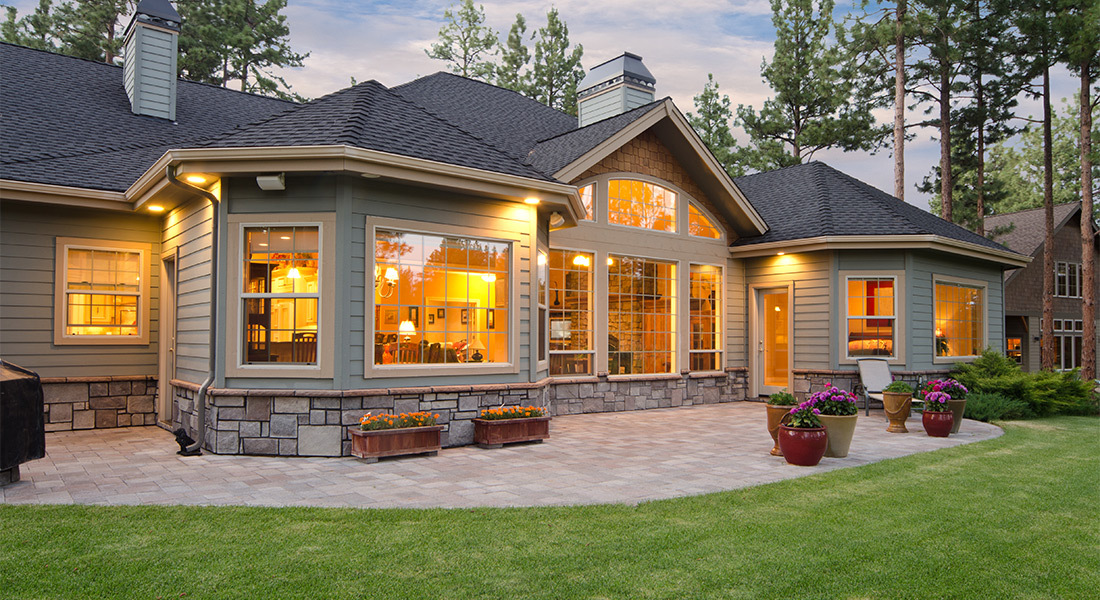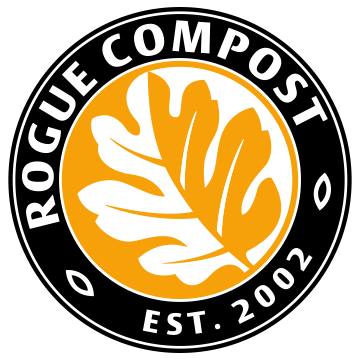How can I prepare my yard to be more fire-resistant in case of wildfire?

With drier conditions and hotter temperatures becoming more of the norm, the risk to homeowners from wildfire season in our area is growing. That said, there are things you can do to the natural areas around your home to help reduce the likelihood that wayward sparks or airborne embers from a wildfire will cause destruction — starting with low-flammable landscapes.
Know your zones. According to the National Fire Protection Association, when looking at your residence, there are three home ignition zones.
- The immediate zone is the dwelling itself and the five feet all around it
- The intermediate zone is up to 30’ beyond the home
- The extended zone is up to 200’ from the home and may include neighboring properties
Experts say that keeping plants, shrubs and trees confined within the appropriate areas can prevent a fire from spreading. The fire danger increases if those plants are dry, accumulate dead material, and are too close to any structures or other combustible materials.
Treat the immediate zone like a moat around a castle. Ringing your house with concrete, stone and gravel walkways is a great way to provide a barrier against fire. As for plants, around the five feet closest to your house, it’s best to grow plants with high moisture content in containers that can be easily moved if a wildfire threatens the area.
Be smart — and sparse — with foliage in the intermediate zone. Most deciduous trees and shrubs are fire-resistant. In the area 10’ to 30’ from your home, these deciduous plants can be planted sparingly. Remember, though, that even fire-resistant plants can burn - especially if they’re not maintained in a healthy, well-watered condition.
What are fire-resistant plants? First, know that fire-resistant does not mean fire proof. Fire-resistant plants are plants that don’t readily ignite from a flame, ember or other ignition source. These plants can be damaged or killed by fire, but their leaves and stems don’t significantly act as fuel to the fire.
What are the characteristics of a fire-resistant plant? Plants that are fire-resistant have leaves that are moist and supple. The plants themselves have little or no dead wood and don’t usually accumulate dry, dead material within the plant. And some have sap that is water like, with little or no odor.
Examples of fire-resistant plants that grow in Oregon
- Groundcover — carpet bugleweed, purple/pink ice plant, mock strawberry, hens and chicks, snow-in-summer, yellow ice plant, creeping phlox,creeping thyme, sedum, periwinkle
- Perennials — chives, yarrow, sea thrift, sun rose, daylilies, coreopsis, coral bells,Hosta lilies, iris, blue flax, lupine, lamb’s ear, penstemon, evening primrose, fireweed, cranesbills
- Shrubs (broadleaf evergreen) — creeping holly, daphne, Oregon boxwood, salal, Pacific rhododendron, western Azalea, yucca, privet, Oregon grape holly
- Shrubs (deciduous) — vine maple, ocean spray, mock orange, dogwood, Rocky Mountain maple, blue mist spirea, flowering currant, snowberry, lilac, western spirea, Wood’s rose
- Trees (deciduous) — bigleaf maple, sunset maple, red alder, eastern redbud, mountain alder, flowering dogwood, birch, beech, ash, honey locust, Kentucky coffee tree, walnut, Oregon white oak, sweetgum, crabapple, red oak, aspen, black locust, willow, mountain ash
Note: The list of fire-resistant plants shown here is a sampling. And experts in this field still debate which plants should and shouldn’t be on this list, as there is currently no uniform process for certification as a fire-resistant plant. For more information, visit living-with-fire.org and download the Plant List Generator database.
What are the characteristics of plants that are highly flammable? These plants contain fine, dry or dead material within the plant — such as twigs, needles and dead or dry leaves. Highly flammable plants have leaves that have a strong smell with crushed. If they have sap, it’s gummy, with a strong order. They may have loose or papery bark. Ornamental juniper is an example of a common shrub that is highly flammable.
Fire-resistant landscaping tips you can apply at your house. Most fire experts agree that where you put your plants and how well you maintain them (making sure plants are well watered and kept free of dead matter, for example) are more important than the specific types of plants. Here are some other guidelines to keep in mind if you live in a potential wildfire area:
- Steer clear of highly flammable shrubs and trees — including arborvitae, bamboo, cedar, cypress, juniper, pampas grass and sagebrush
- Dig up and remove invasive plants — including butterfly bush, Himalayan blackberry, ivy, thistle, and tree of heaven
- Instead of bark mulch, use fine compost or inorganic mulch
- Prune dead tree branches regularly and keep lower branches at least 10 feet from the edge of any structure
- Regularly remove leaves and pine needles from roofs and gutters, especially during fire season (late summer and early fall)
- Rather than mass plantings, plant in smaller groupings, separated from one another by rocks, gravel, bricks or pavers
Share This
